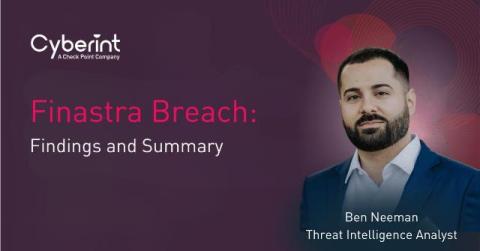Retail Threat Landscape 2024
The United States, is a prime target for cyber attacks. The U.S. retail sector, which holds nearly one-third of the global market share, has seen a significant rise in ransomware incidents, accounting for 45% of global retail ransomware cases in the past three quarters—a 9% increase from 2023. New groups like Ransomhub and Hunters have emerged and supply chain threats have increased. Social engineering tactics are on the rise, with attackers impersonating IT personnel.











